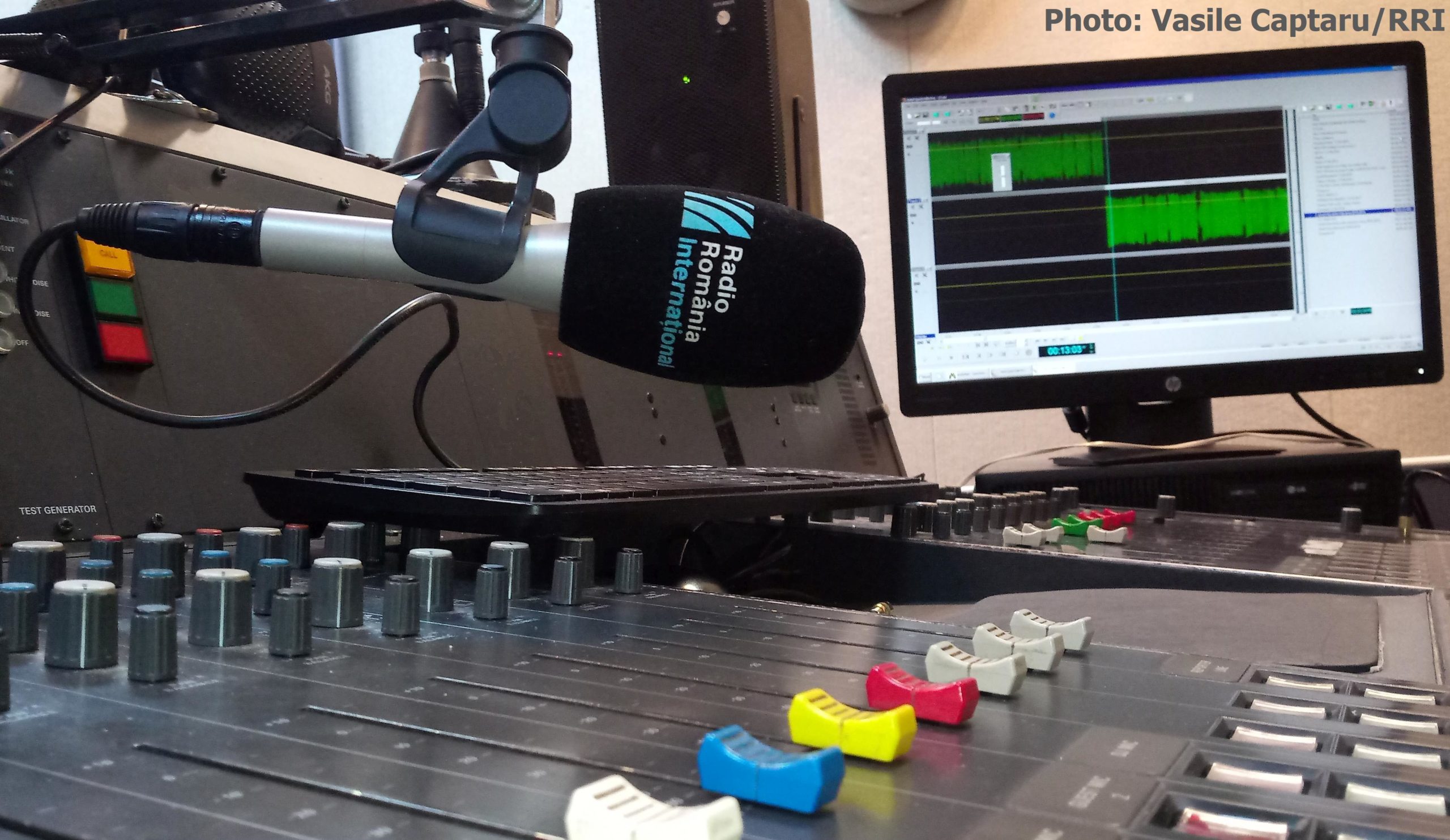
Everything you need to know about Romania in less than 60 minutes.
Fragments of Russian drones destroyed by the Ukrainian defense have dropped again on Romanian soil, near the border with Ukraine
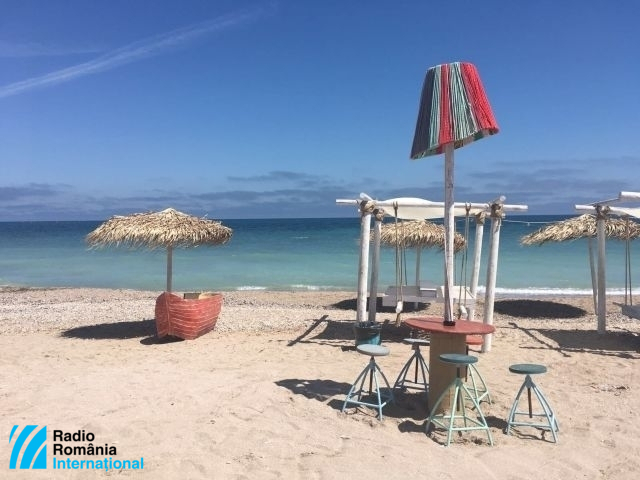
Extensive works have been carried out on the Romanian Black Sea coast in the last ten years, to widen the beaches, after they suffered a slow but continuous process of erosion
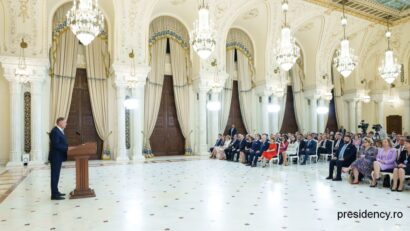
Full accession to the Schengen area and the OECD are the top foreign policy objectives for Romania

The development of the energy of the future, which is safe, accessible and above all non-polluting is the main topic discussed in Bucharest these days.

Romanian award-winning rower Leon Rotman’s 90th anniversary
Currency Converter RON/EUR: Sat, 27 Jul.

Benefits for Turkish and Romanian workers / More jobs for Ukrainian refugees / Nepalese citizens caught at the border

The Ambassador of Israel to Romania has answered our questions in a farewell interview.

A roundup of military news

The famous Romanian gymnast Nadia Comăneci appears in an illustrated book about the legends of the Summer Olympics
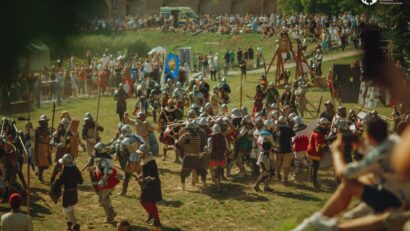
Medieval traditions, crafts and tourneys were the highlights of the 2024 edition.
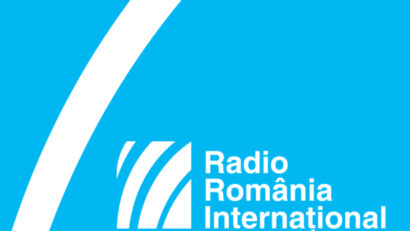
The 55th anniversary of the creation of the Romanian Library in New York, the precursor of today's Romanian Cultural Institute; the 25th anniversary of Romania's participation in the Smithsonian Folklife Festival in Washington in Washington, DC.
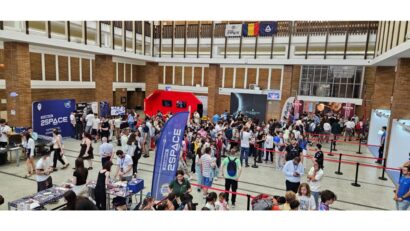
Rocket launches, NASA astronauts and the latest airspace news and technologies were the highlights of this year's edition
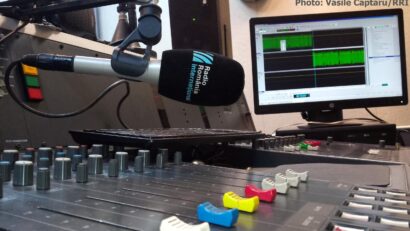
Everything you need to know about Romania in less than 60 minutes

Everything you need to know about Romania in less than 60 minutes

Everything you need to know about Romania in less than 60 minutes
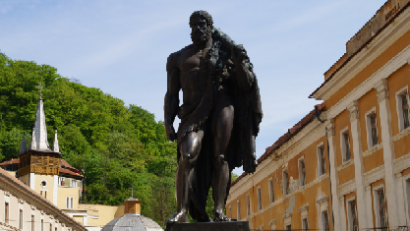
Today we arrive at one of the oldest spa resorts in Europe, attested around the year 150 CE

Radio NOREA was one of the international radio stations to broadcast in Romanian during the Cold War.
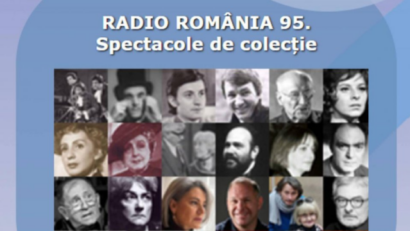
The National Radiophonic Theater has launched on www.eteatru.ro a new collection of sound performances, compiled on the occasion of the 95th anniversary of Radio Romania

Macca House is currently hosting the Romanian Academy's Archaeology Institute
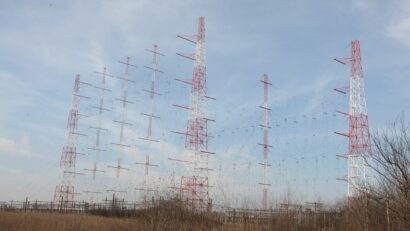
RRI broadcast frequencies valid as of March 31 to October 26, 2024:
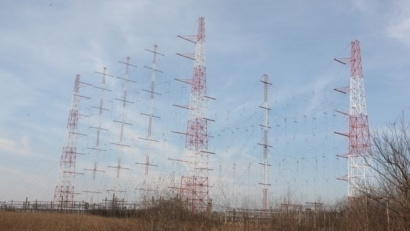
New frequency for India, valid as of November 25, 2023

Time to submit your suggestions for RRI Personality of the Year 2023!

RRI broadcast frequencies valid as of October 29, 2023 to March 30, 2024

RRI broadcast frequencies valid as of October 29, 2023 to March 30, 2024

Two out of the five transmitters broadcasting RRI's programmes are temporarily suspended as of 1 August
